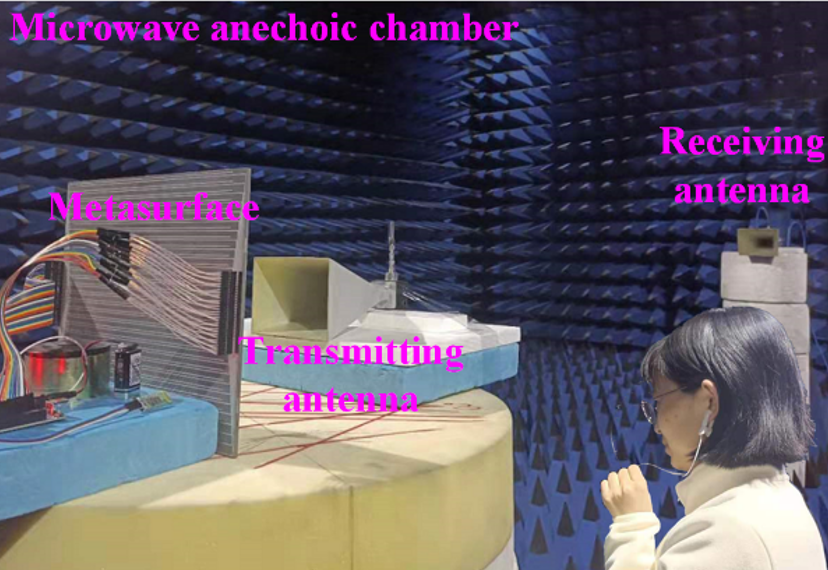Stephen King’s Carrie, Professor X in X-Men and the Scarlet Witch in The Avengers are metaphorical expressions of the innate human desire to move things with the mind. A new study published on June 11, 2022, moves reality a step closer to this primal fantasy.
Composite materials such as metals or plastics, arranged in specifically designed sub-wavelength structures acquire the ability to block, absorb, bend or amplify electromagnetic waves. These materials, engineered to have a unique property not found in natural materials are called metamaterials and their 2D counterparts are called metasurfaces. Due to their extraordinary physical properties, metasurfaces have attracted the attention of scientists from diverse fields including biomedical engineering.
“When metasurface met brainwaves, the idea of manipulating electromagnetic waves by brainwaves was born,” said Cheng-Wei Qiu, PhD, a senior author of the study, and professor of electrical and computer engineering at the National University of Singapore. “This work employs brain signal collecting technologies together with emerging programmable metasurfaces to achieve the mind-control methods of electromagnetic waves. The concept of remotely mind-controlled metasurface via brainwaves paves a new way to intelligent metasurfaces and may find applications in health monitoring, 5G/6G communications, smart sensors, etc.”
Most existing programmable metasurfaces are connected to users through wires and require manual instructions, precluding real-time control. The research article titled “Remotely mind‑controlled metasurface via brainwaves“published in the journal eLight, proposes a framework for remote mind-controlled metasurfaces (RMCM) through brainwaves. In addition to Qiu, the study is led by Shaobo Qu, PhD, and Jiafu Wang, PhD, professors at the Air Force Engineering University in Shaanxi, China.

“As a means of electromagnetic control, metasurfaces greatly improve the degree of freedom of electromagnetic wave manipulation,” said Qiu. Meta-atoms that constitute metasurfaces can modulate nearly all attributes of electromagnetic waves, such as amplitude, phase, polarization and modes, providing flexible approaches for manipulating electromagnetic waves.

Instead of using a direct of alternating current (DC/AC) power supply as a signal generator, the researchers utilize the user’s brainwaves to control the electromagnetic response of PMs. In the prototype system, the researchers achieved remote control by transmitting brainwaves wirelessly from the user to the controller via Bluetooth.

The researchers intend to combine their RMCM prototype system with intelligent algorithms in future projects. Qiu said, “This work can be extended to build advanced biological intelligent metamaterials for the benefit of the handicapped and medical rehabilitation.”







